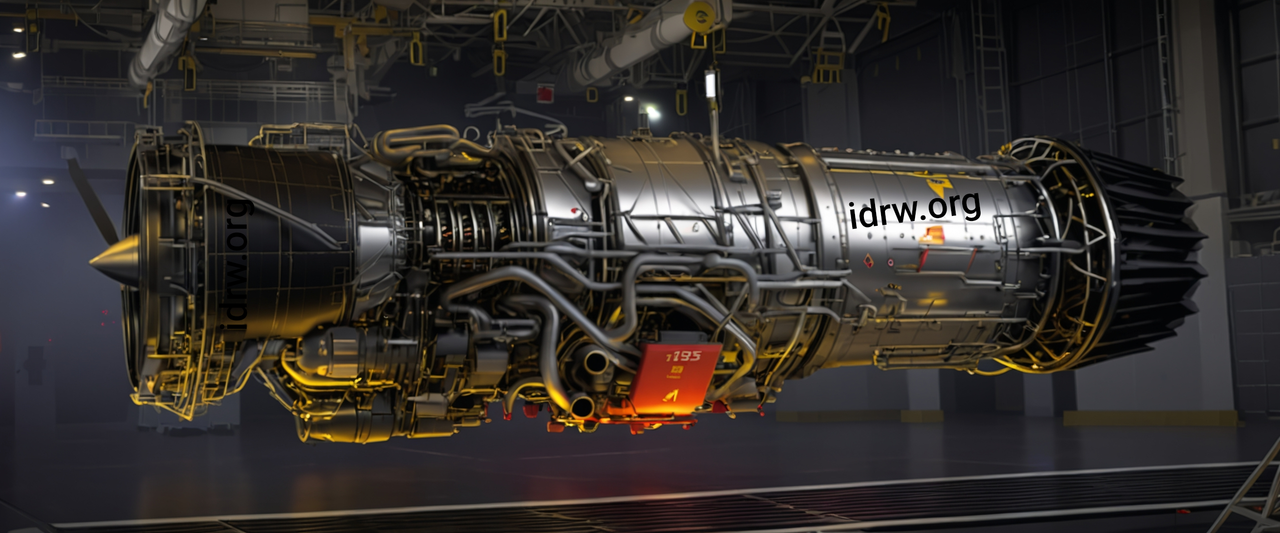SOURCE: AFI


In a recent interview with News9 Plus, former Air Chief Marshal R.K.S. Bhadauria highlighted a crucial aspect of India’s Advanced Medium Combat Aircraft (AMCA) program: the development of a new, powerful engine for the AMCA Mk II. Bhadauria stressed that the engine development should be a top priority to avoid delays, considering its critical importance in ensuring the program’s success.
The AMCA program, designed to propel India into the 5th generation fighter jet arena, received Cabinet Committee on Security (CCS) clearance earlier this year. This was a major milestone, signaling the government’s commitment to the project and unlocking essential funds to accelerate its development. With the AMCA Mk I expected to feature an upgraded GE F414 engine and the Mk II to incorporate an indigenously developed 110kN thrust engine in collaboration with a foreign aerospace major, Bhadauria highlighted the urgency in addressing this area.
Bhadauria explained that the success of the AMCA Mk II heavily depends on the development of a suitable high-thrust engine. The 110kN engine, envisioned for the AMCA Mk II, will provide the thrust required to match the performance of other contemporary 5th and 5.5 generation fighters around the world. Without an appropriate engine, the AMCA risks falling short of the stealth, speed, and maneuverability standards expected from a state-of-the-art fighter jet.
Historically, engine development has been a stumbling block for many aircraft programs, and Bhadauria emphasized that India must avoid the pitfalls experienced in the past. He pointed to the Kaveri engine project, which faced numerous delays and performance shortfalls, ultimately not being suitable for the Tejas Light Combat Aircraft (LCA). The lessons learned from that project should guide the AMCA program’s engine development process.
A key component of Bhadauria’s vision is international collaboration for the development of the new 110kN engine. India is reportedly in talks with several foreign aerospace companies to jointly develop this engine. The collaboration is expected to combine India’s experience with domestic engine design and the expertise of international companies that have successfully built advanced jet engines.
The new engine will provide the AMCA Mk II with the necessary power to achieve supercruise capability (sustained supersonic flight without the use of afterburners), along with increased fuel efficiency and performance enhancements. This engine will allow the AMCA to perform in diverse combat situations, from air superiority to ground attack missions, while reducing its radar signature.
Bhadauria made it clear that timely execution of the engine development project will be key to the AMCA program’s overall success. The potential delays caused by technical hurdles or bureaucratic slowdowns could have a cascading effect on the aircraft’s development timeline. The AMCA is slated to enter service in the 2030s, and the AMCA Mk II, which will feature the new engine, is expected to follow shortly after.